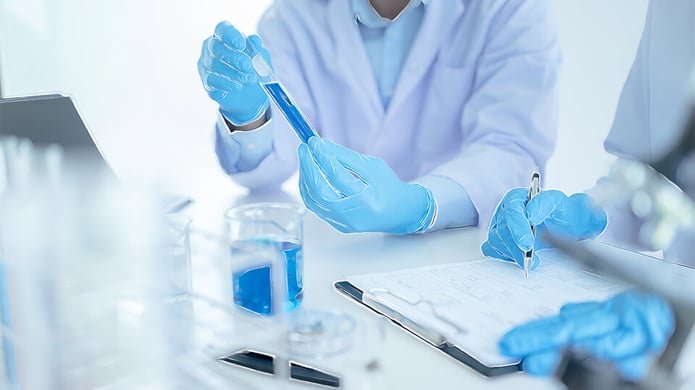
The Workflow & Process For Biomaterials In Life Sciences
Biomaterials are used across a wide array of applications in life sciences. In most cases these materials are highly engineered and fit for purpose to the particular...
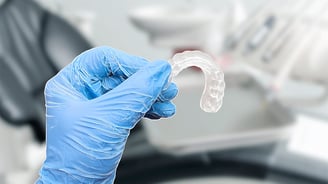
Common Applications Of Biomaterials In Life Sciences
Biomaterials support many innovative medical interventions, from high-strength applications in orthopedics to precision uses in ophthalmology. These materials have...
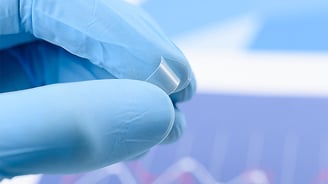
Common Types Of Biomaterials In Life Sciences
From the resilient metals that underpin orthopedic implants to the versatile polymers powering drug delivery systems, biomaterials play an essential role in a wide range...
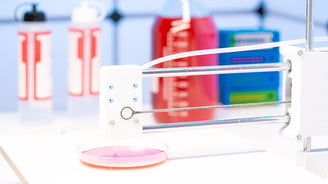
Enabling Technologies For Biomaterials In Life Sciences
The field of biomaterials has experienced remarkable progress, thanks to the emergence of several enabling technologies. These advancements have revolutionized the...
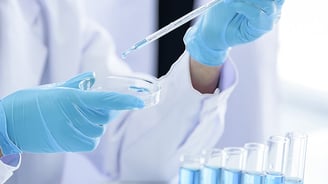
Emerging Applications of Biomaterials in Life Sciences
Biomaterials are an exciting area of biomedical innovation and growth, with emerging applications across the life sciences field. This includes bioactive scaffolds,...
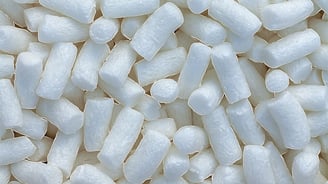
Using Polystyrene In Biomedical Applications
Polystyrene is one of the most versatile plastic resin materials and is found in many widely used products. This strong, solid plastic is useful in many manufacturing...
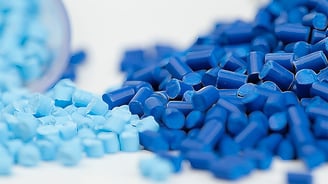
Using Polyvinyl Chloride In Biomedical Applications
Polyvinyl chloride is the third most produced plastic worldwide, just behind polyethylene and polypropylene, and it is the most widely used plastic in medical...

Using Polyamides In Biomedical Applications
Chemists and life scientists define polyamides as polymers whose repeating molecular units are chained together with amide links. These materials integrate hardness,...
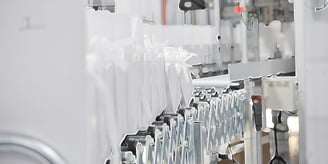
Supply Chain Risk: How to Identify and Manage Liability
In today's highly competitive marketplace, healthcare organizations and medical device manufacturers need to prioritize supply chain risk management to avoid costly...
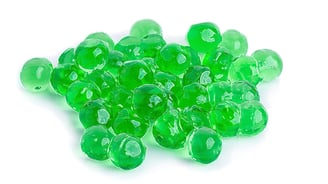
Using Biopolymers In Biomedical Applications
Biopolymers have revolutionized lifesaving treatments and medical devices used in healthcare today. Scientists use these macromolecules to deliver drugs to patients,...
%20-%20Tint%20100.png?width=106&name=Logo%20-%20Standard%20-%20Blue%20(270%20x%20149)%20-%20Tint%20100.png)